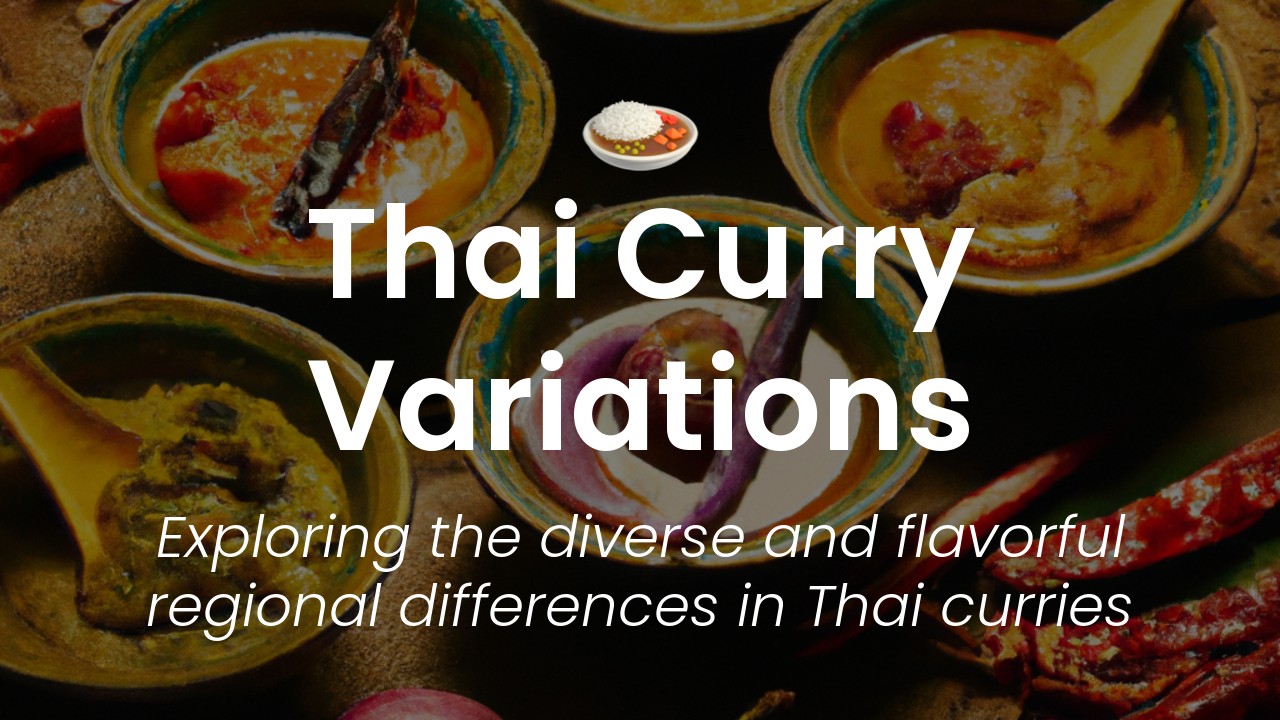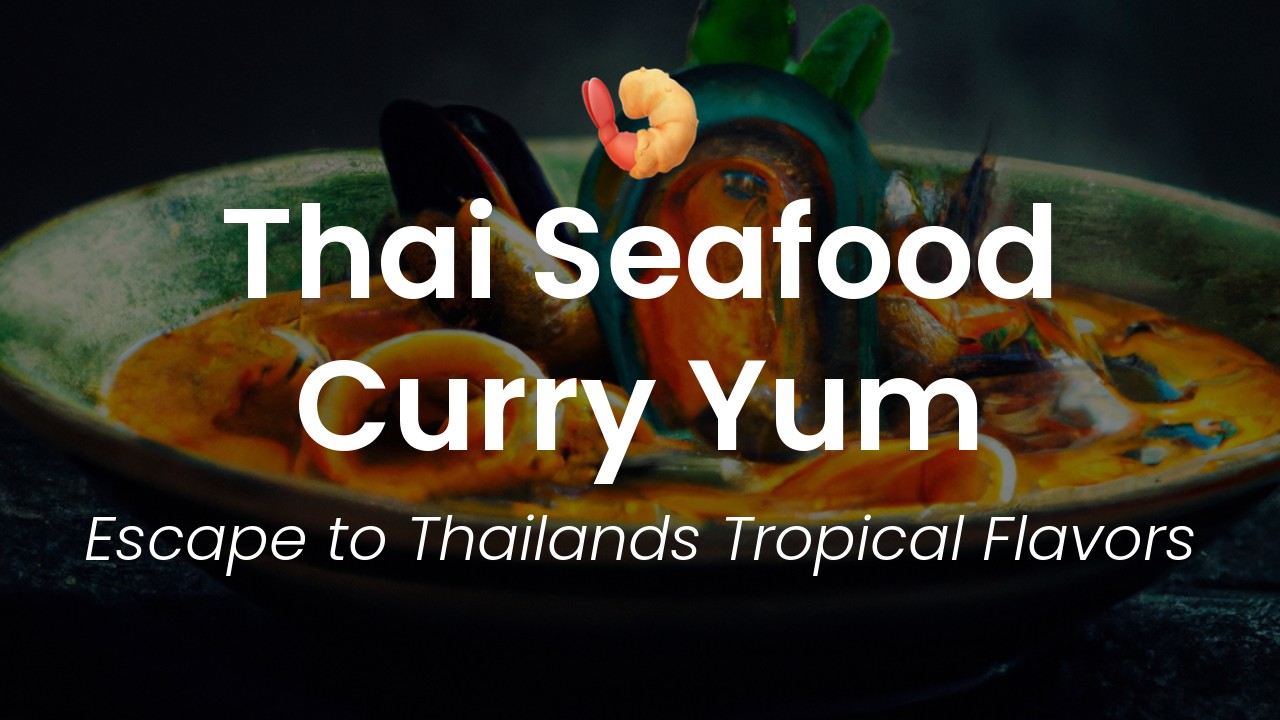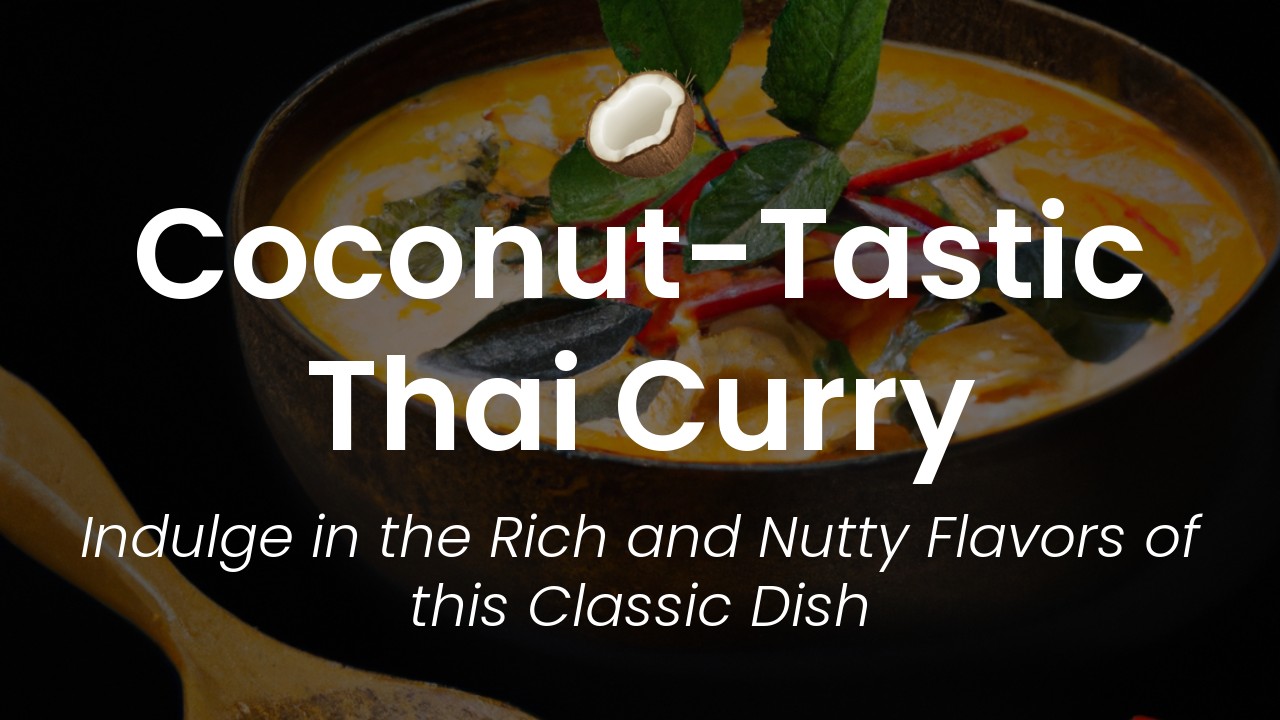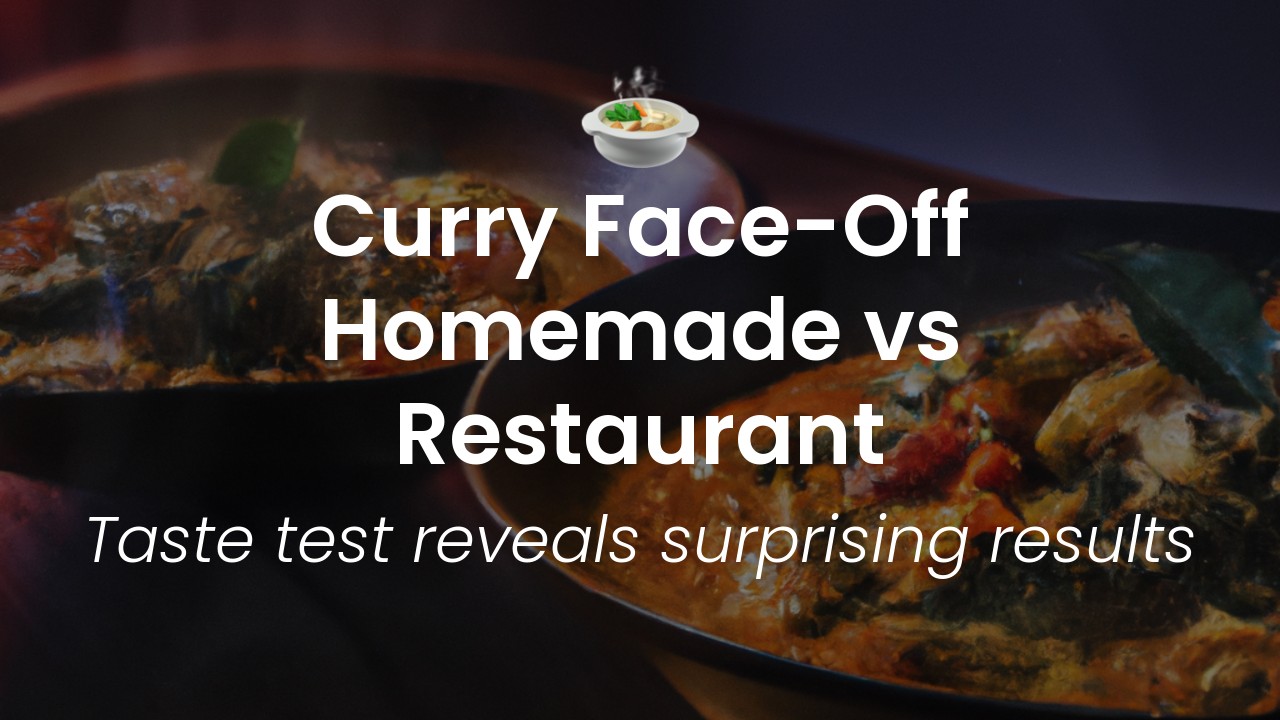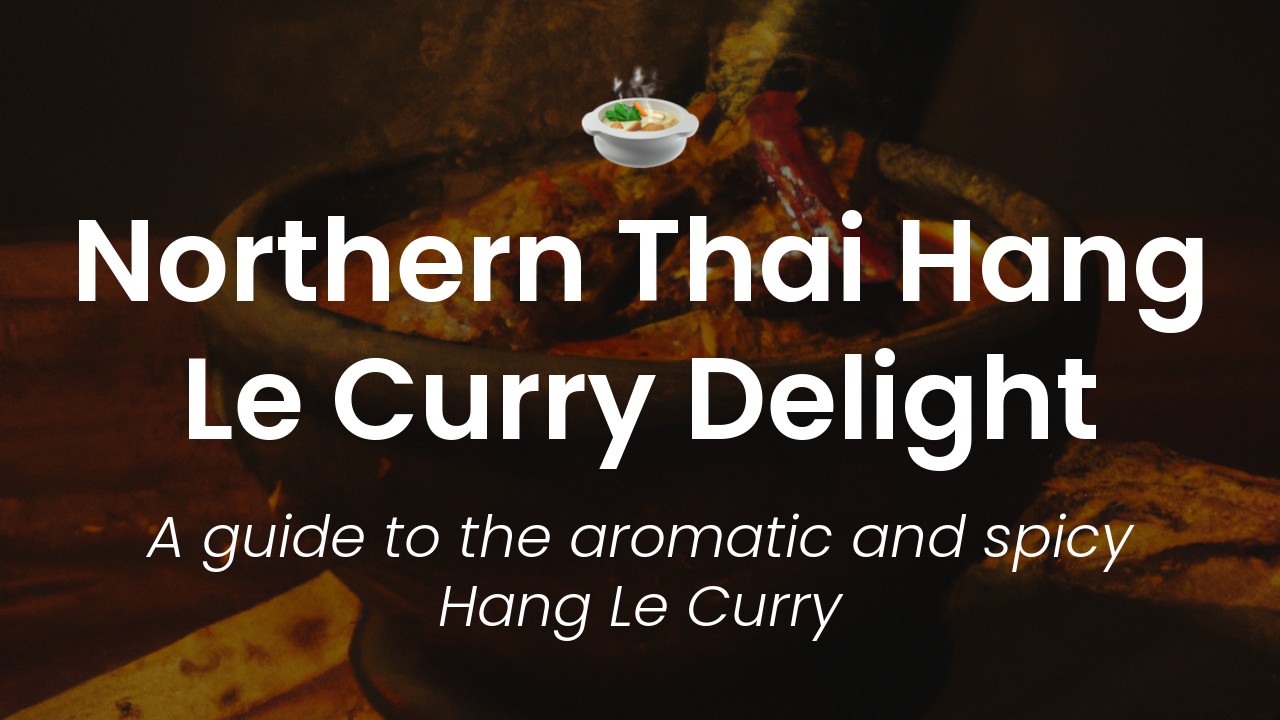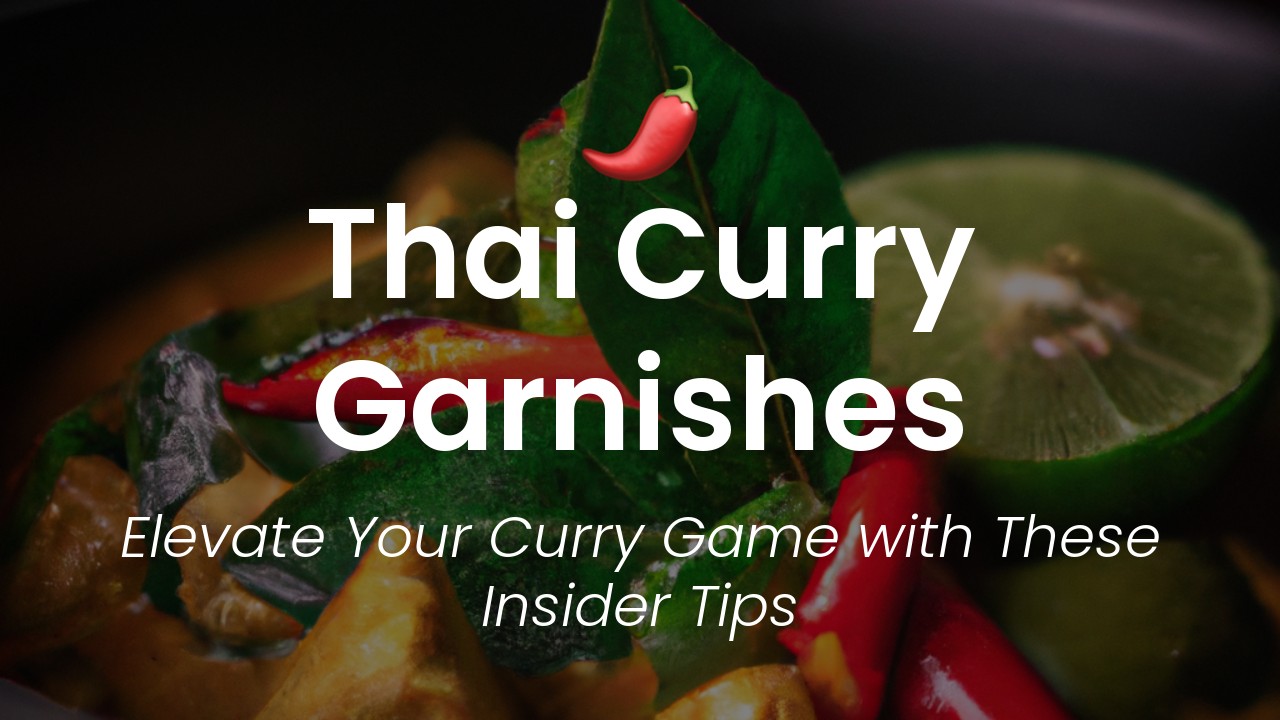Hello there, my dear readers! I hope everyone is doing well and feeling excited about the new journey we embark upon today. As a Thai woman and a lover of food, I have always been fascinated by the deliciously complex tastes and aromas of Thai cuisine. One of the most iconic dishes in Thai cuisine is undoubtedly curry, and with good reason. Whether you're a fan of spicy or milder tastes, there's a curry out there for everyone to enjoy.
But did you know that Thai curry comes in many different regional variations? Yes, that's right – one type of curry can taste vastly different depending on where it's made in Thailand. As someone who grew up and lived in many different regions of Thailand, I've had the opportunity to taste and learn about these distinct regional variations of curry, each with their own unique set of ingredients and taste profile.
In this blog post, we're going to explore the fascinating world of Thai curry regional variations. From the sweet and mild tastes of the central region's Massaman curry to the fiery and bold flavors of the southern region's Gaeng Som curry, we will unlock the secrets behind each type of Thai curry and delve into what makes them so special. So sit back, relax, and get ready to embark on a culinary adventure with me as we explore the diverse and exciting world of Thai curry regional variations.
Types of Thai Curries
Thai curries are a staple of Thai cuisine and are loved by people all over the world. Made with a blend of aromatic herbs and spices, these curries have a distinct regional flavor that has evolved over centuries. In Thailand, there are five main types of curry that are popularly consumed across all regions.
Northern Thailand: Khao Soi Curry
Khao Soi is a curry that originated in northern Thailand, specifically in Chiang Mai. It's a savory curry made using a unique blend of spices such as turmeric, coriander, and cumin. The curry is then simmered in coconut milk and combined with fresh egg noodles, garnished with pickled cabbage, red onions, and cilantro. It is served with a wedge of lime.
Central Thailand: Green Curry
Green curry is one of the most popular curries in Thailand and is famously from central Thailand. It is made with a blend of green chilies, lemongrass, galangal, and kaffir lime leaves which gives it a distinctive flavor. The green curry is often cooked with chicken or fish, simmered in coconut milk and finished with fresh basil leaves.
Northeastern Thailand: Gaeng Kari Curry
Gaeng Kari Curry is a mild and creamy curry from northeastern Thailand, also known as Isaan. It's made with yellow curry powder, coconut milk, chicken or beef, and vegetables such as potatoes, onions, and carrots. It's a popular dish served with steamed rice and sometimes paired with crispy roti bread.
Southern Thailand: Massaman Curry
Massaman curry is one of the most popular curries in southern Thailand. It has a strong Middle Eastern influence and is characterized by the use of peanuts, cinnamon, and star anise. The dish can be cooked with beef or chicken and is slow-cooked in coconut milk. The massaman curry has a sweet and savory taste and is often served with roti bread or papadum.
Uncommon Curry Variations: Jungle Curry, Panang Curry
Apart from the four primary curries, there are two lesser-known but equally delicious flavors of curry – Jungle Curry and Panang Curry. Jungle curry is a spicy and herbaceous curry made without coconut milk. It uses bird's eye chilies, a mix of fresh herbs like kaffir lime leaves, galangal, lemongrass, and basil. The curry is a perfect mix of salty, sweet, and spicy flavors.
Panang Curry is a sweet and nutty curry rich with coconut milk and powered by a paste made with red chilies, lemongrass, and galangal. The panang curry has a thick consistency and is typically served with rice and savored for its unforgettable flavor.
Tips for Making Authentic Thai Curry at Home
Making genuine Thai curry can often be intimidating, but here are a few tips to help make authentic curry at home:
- Start by selecting good quality ingredients, including herbs and spices.
- Always use fresh ingredients such as coconut milk, lemongrass, and kaffir lime leaves.
- For a richer flavor, you may roast the spices like coriander and cumin before grinding them.
- Keep the heat level in mind based on the chilies you use. Experiment with different chili peppers like bird-eye or Thai long peppers and adjust them to your preference.
- Taste it frequently while cooking. Thai curries have an acquired sweet and sour taste that may not be for everyone. Be prepared for this flavor profile.
Conclusion
Thai curries are delicious, complex dishes that have evolved over centuries. Whether enjoyed in the north, south, east, or west of Thailand, each region has its own culinary distinctiveness.
Learning these flavors and how to prepare them will bring the magic of Thai cuisine into your home. It takes practice, experimentation, and patience, but putting in the effort to learn how to make authentic Thai curry is a culinary journey that is worth it. Happy cooking!

